7 everyday uses for AI you never thought about before
It’s artificial, it’s intelligent, and it’s everywhere
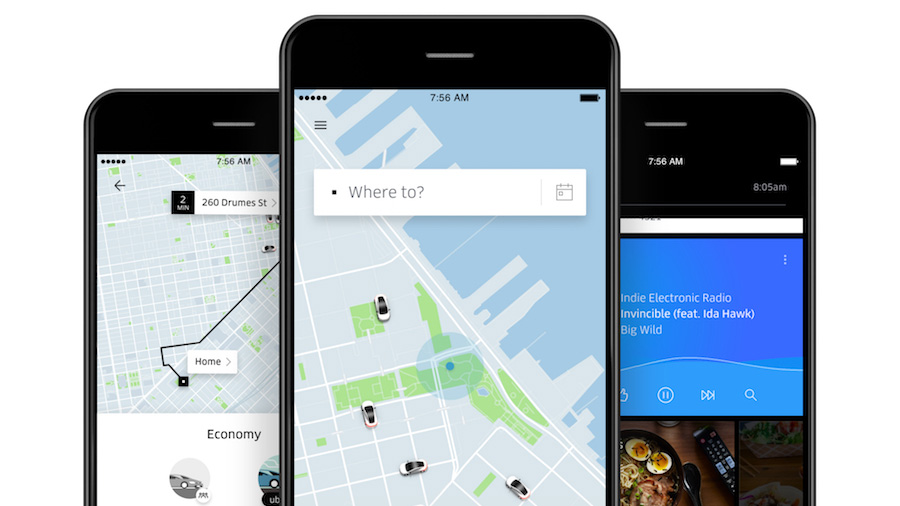
Do you use artificial intelligence (AI)? It might sound like a high-brow discussion for coders and data scientists, but AI is everywhere. If you use an Amazon Echo, you use AI. If you use Facebook or Netflix, AI is used on you.
AI is a catch-all term for several different technologies – including machine learning, neural networks, voice recognition and natural language processing – but they all have one thing in common (or should do); they allow machines to learn how to respond to your needs. In the future we'll have highly advanced AIs within self-driving cars, smart home thermostats that know when you’re on the way home, and – perhaps most excitingly – computers that teach themselves. Some of those might be a long way off, but AI is in your everyday life right now.
1. Searching the web

The biggest, best and almost the defining search engine of our age – Google – uses AI to try to hunt-down the most relevant results from the web's billions of pages. In the last few years, Googling has become more contextual, and voice-friendly, but a crucial new part of the search algorithm, called RankBrain, is what makes Google search consistent.
As opposed to those questions that pop-up in the search bar before you've finished typing, RankBrain is for finding answers to questions and search terms Google has not come across before. A machine learning tech that looks at the words in a search query and identifies others with a similar meaning, RankBrain attempts to guess what you mean.
2. Smart home assistants
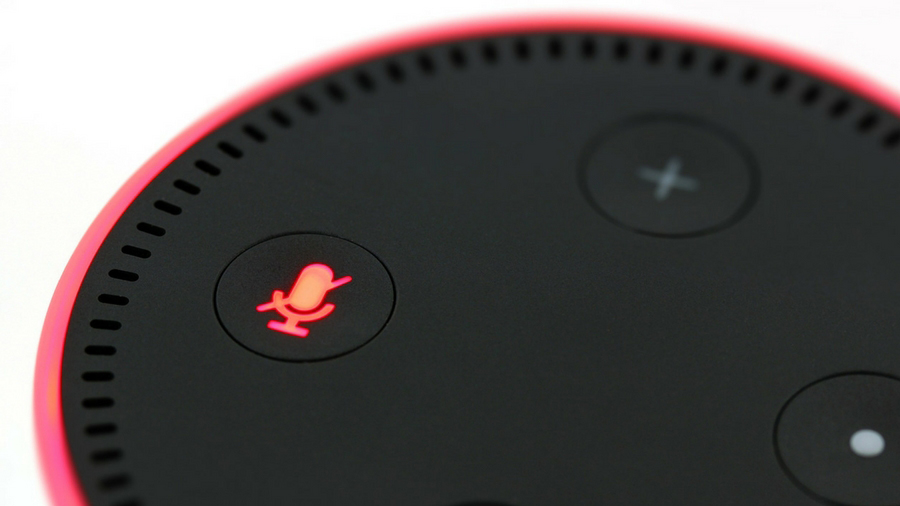
What started in your phone has now gone into smart speakers like Echo, Google Now and HomePod, but virtual assistants remain the most obvious use of AI in the home. The four big players – Amazon's Alexa, Apple's Siri, Google's Assistant and Microsoft's Cortana – all use voice recognition and natural language processing for hands-free searching.
The Amazon Echo Look even adds a depth-sensing camera and a smart style assistant to tell you how good your outfit looks in the morning. Or not.
3. Discover and recommendation on Netflix

What do you want to watch next? Friends might tell you what they think you should be watching next on Netflix, but it's much easier when Netflix itself tells you what to watch. The AI in use by Netflix is all about creating 'taste communities', and it works like this; an algorithm records your viewing habits of a library of content that has already been tagged by actors, genres and themes. Your behaviour profile is pretty nuanced, detailing exactly what you watched, when you watched it, and in what order.
Get daily insight, inspiration and deals in your inbox
Sign up for breaking news, reviews, opinion, top tech deals, and more.
You're then placed next to others within the 104 million subscribers of Netflix that have similar preferences; that’s your taste community. The algorithms watch and learn from everything everyone does within these communities, teasing-out recommendations it's increasingly sure you’ll like. Classic machine learning.
4. Facebook's inner workings
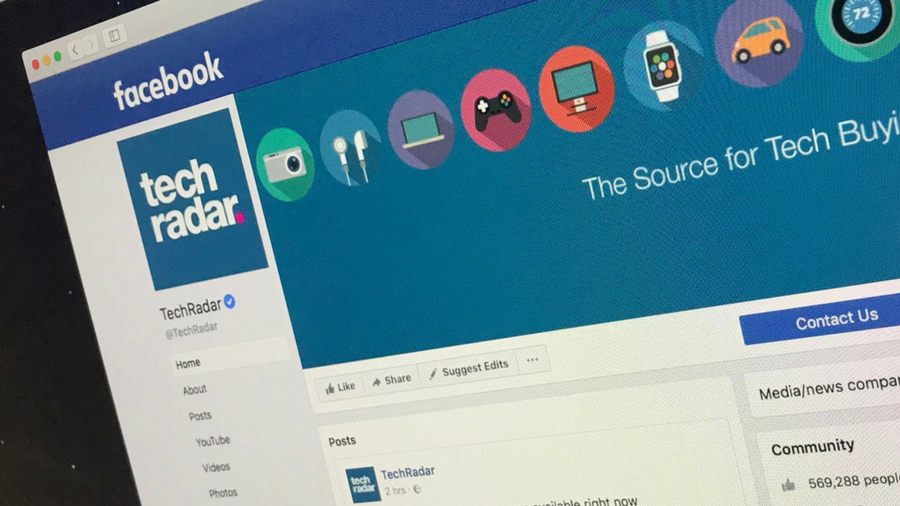
Facebook's two billion users upload 350 million photos each day. How does it classify it all so it can sell advertising on the back of all our data? Deep Learning, that's how. As well as using its DeepText algorithm to discover the intended meaning in status updates and comments (and even identify users showing signs of depression or suicidal thoughts), its DeepFace algorithm finds your face in other people's photos.
Much like Netflix identifies 'taste communities', Facebook also uses AI to groups its users together for the easier placement of adverts. It's not stopping there; Facebook AI Research (FAIR) now has three labs in Menlo Park, New York and Paris as is seeks to expand how it uses the latest AI techniques.
5. Uber's dynamic pricing
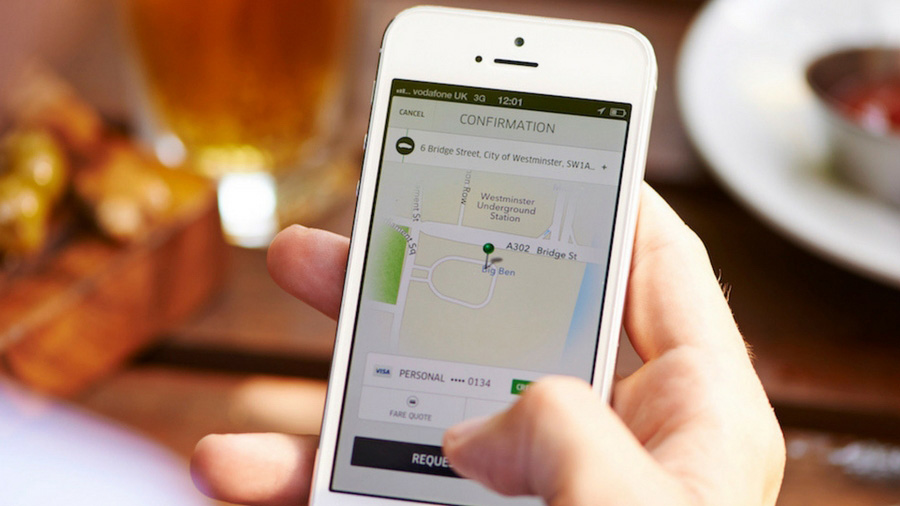
Ride-hailing is all the rage, but as all uber geeks know, it all depends on when and where you travel. The fare you pay depends on variables such as the estimated time and distance of the route, traffic congestion, and the supply of Uber drivers when you make the request. However, Uber is now using AI to help with figuring out pricing.
Its impressive AI price algorithm will take into consideration a number of variables and that will be reflected in the price of the fare.
6. Spam filtering on Instagram

Remember when Instagram used to be full of spam? It's not anymore, and that's thanks to the platform's use of DeepText since October 2016. An AI algorithm borrowed from parent company Facebook, DeepText is a deep learning-based text understanding engine.
Facebook claims that it understands with almost human-like accuracy the textual content of several thousands posts per second, and in over 20 languages. It was initially used only to detect follower-hunters and identify spam messages, but now it's also being used to detect offensive language and cyberbullying.
7. Discovering exoplanets
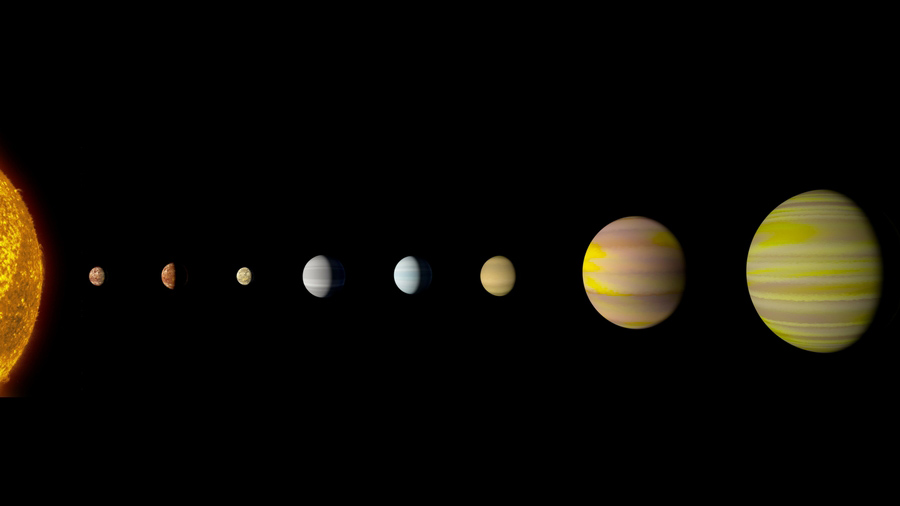
OK, so identifying planets around distant stars is in your average, everyday task, the use of AI by astronomers of late is telling. NASA just found an eighth planet circling Kepler-90, a Sun-like star 2,545 light years from Earth, which marks the first time the solar system has been found as well populated as our own. The astronomers made this discovery using Google's machine learning, a subset of artificial intelligence.
Basically, you feed a computer thousands of cats and dogs each classified as either a cat or dog. With a neural network established, the computer can then identify a cattle dog in any picture. You can do the same for planets, too, by giving it pictures of planets and 'not planets'.
"Machine learning really shines in situations where there is so much data that humans can't search it for themselves," said Christopher Shallue, a senior software engineer with Google’s research team Google AI.
TechRadar's AI Week is brought to you in association with Honor.
Jamie is a freelance tech, travel and space journalist based in the UK. He’s been writing regularly for Techradar since it was launched in 2008 and also writes regularly for Forbes, The Telegraph, the South China Morning Post, Sky & Telescope and the Sky At Night magazine as well as other Future titles T3, Digital Camera World, All About Space and Space.com. He also edits two of his own websites, TravGear.com and WhenIsTheNextEclipse.com that reflect his obsession with travel gear and solar eclipse travel. He is the author of A Stargazing Program For Beginners (Springer, 2015),
